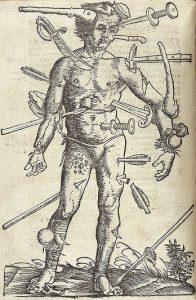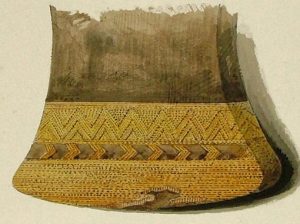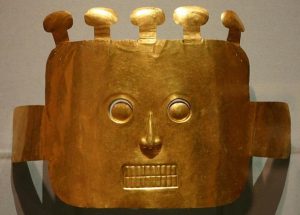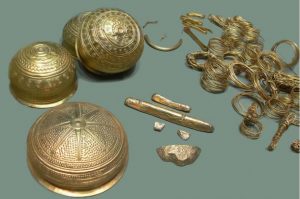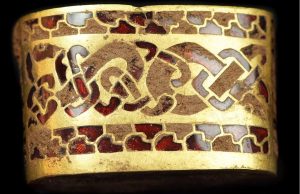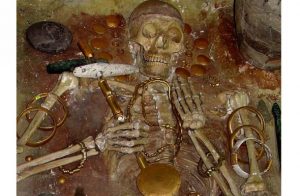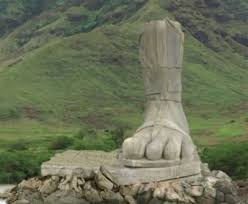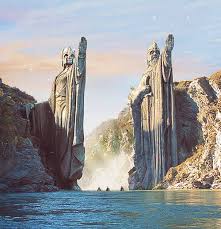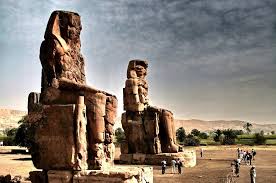Like a lot Rolemaster’s content, much of the mechanics around Undead are design artifacts from D&D; more specifically the issues of “Turning” and “Draining”.
Turning. It’s generally accepted in RPG’s that Clerics have the holy ability to “Turn” undead: basically, repel or even destroy them based on the level of the cleric. In D&D this is a class ability and in Rolemaster was converted to a Base spell list which is essentially the same thing, an implied core ability of the Cleric/Priest class.
There is a lot of talk on Turning in various D&D blogs—here is a good summary and discussion. Like many accepted fantasy tropes, once you step back from Turning as a core ability of the priest it’s pretty obvious that this power should be granted to specific types of priests—ones who follow or worship the god of life or death. In other words, an aspected list. Why should a Priest of the God of Fire have the ability to affect Undead? In fact, I moved Turning ability into a separate list Repulsions—basically a closed list.
I feel there are a lot of problems with the original Rolemaster repulsion spells—they try to maintain some of the elements of the D&D system by organizing undead by Class and then having spells affect a certain # of Class types. It’s just complicated for no reason. Why not treat Repulsions like a sleep spell? Any targets within the AoE must make an RR with the effects (cower, flee, destroyed) be based on the Fail? Higher level Undead will either resist or not fail by much while lower level Undead could easily be destroyed. You get the same solution without the complications of counting up the # of Classes present. Instead the spell is driven by the attack level and AoE.
Draining. The original RM had Undead causing Co drains. Later Companions introduced Life Levels with a corresponding spell list to regain lost life levels. D&D has LEVEL DRAIN—that was crazy. Why even try “Life Levels”? A while back Peter wrote a blog post touching upon stat drains as an effective Undead effect. I like the oringal simplicity of stat drain and a corresponding mechanism to regain the lost temp stat through time/rest or a restorative spell.
Stat drain is a great universal effect that could be applied to a number of agents besides Undead:
- The Unlife. The Unlife could drain a non-physical stats like Self-Discipline or Presence.
- Different types of Demons could drain different stats.
- Unholy Objects. Cursed or “evil’ weapons could leach stats point when used in general or when a specific power is used.
- New spells could allow a caster to drain and use a targets stat points for their own use. (like in Runelords).
The Undead don’t have to be complicated or identical to D&D–simple mechanisms and solutions work best within the flexibility of the Rolemaster system.



